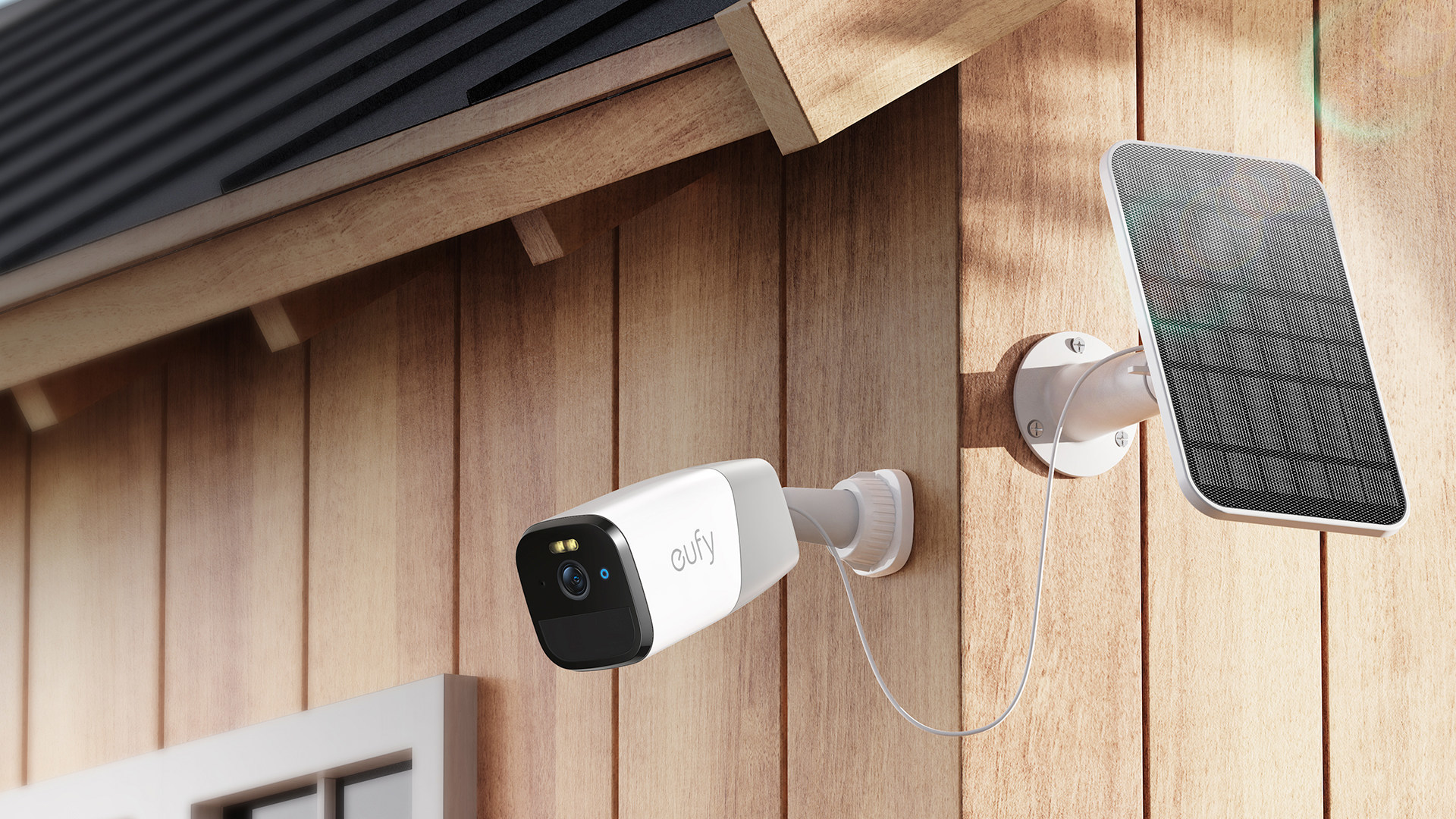NASA Tests New Spacecraft Propellant Gauge on Lunar Lander
It’s easy to measure fuel in tanks on Earth, where gravity pulls the liquid to the bottom. But in space, the game changes. Quantifying fuel that’s floating around inside a spacecraft’s tank isn’t so simple.
“Because of the very small amount of gravity, fluid doesn’t settle to the bottom of propellant tanks but rather clings to the walls and could be anywhere inside,” said Lauren Ameen, deputy manager for the Cryogenic Fluid Management Portfolio Project Office at NASA’s Glenn Research Center in Cleveland. “That makes it really challenging to understand how much propellant you have within your tank, which is really important to maximize your mission duration and plan how much you need to launch with.”
A space-age fuel gauge technology meant to solve this problem will be demonstrated on an upcoming journey to the Moon. Developed at NASA Glenn under the agency’s Technology Demonstration Missions program, the Radio Frequency Mass Gauge (RFMG) payload is set to launch as a part of the Intuitive Machines IM-1 delivery to the lunar surface through the Commercial Lunar Payload Services (CLPS) initiative. With CLPS, NASA is working with American companies to deliver scientific, exploration, and technology payloads to the Moon’s surface and orbit.
Dr. Greg Zimmerli, principal investigator for the Radio Frequency Mass Gauge (RFMG) project at NASA’s Glenn Research Center in Cleveland, explains how RFMG technology will help pave the way for future space missions.
Credit: NASA/Denise Eletich
RFMG technology uses radio waves and antennae in a tank to measure how much propellant is available. While smaller-scale experiments have been conducted on the International Space Station and during parabolic flights, this will be the first long-duration RFMG testing on a standalone spacecraft, the Nova-C lunar lander. The data engineers receive throughout its journey could validate simulations done on the ground and mark the next step in developing this technology.
“It’s definitely a critical point,” Ameen said. “This is the first time we’re getting this type of data for RFMG.”
RFMG could be crucial during future long-duration missions that will rely on spacecraft fueled by cryogenic propellants, like liquid hydrogen, liquid oxygen, or liquid methane. These propellants are highly efficient but are tricky to store as they can evaporate quickly, even at low temperatures. Being able to accurately measure spacecraft fuel levels will help scientists maximize resources as NASA moves toward its goal of returning humans to the Moon through Artemis.





